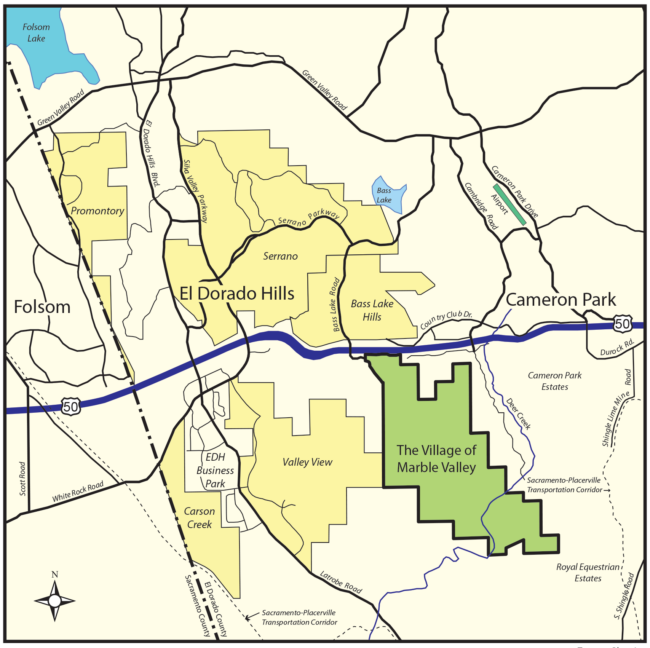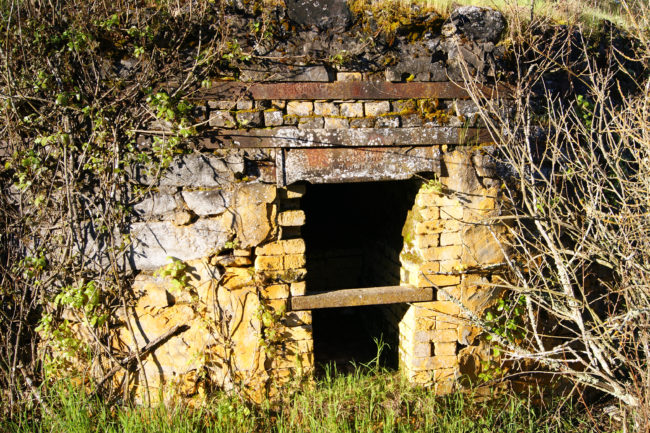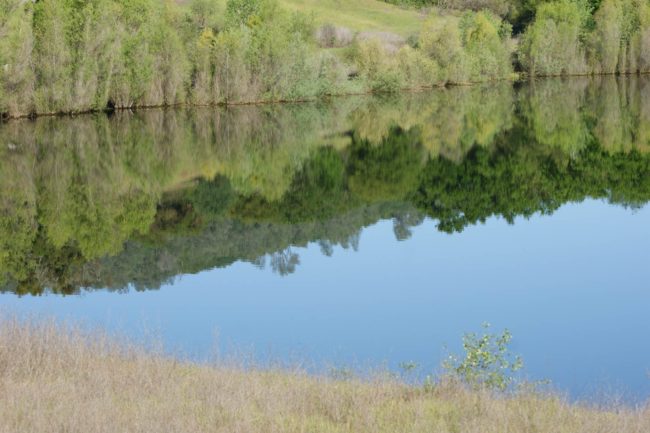The Village of Marble Valley
The Village of Marble Valley is part of a proposed, regional community plan that complements the natural beauty and amenities of the historic Marble Valley in the western foothills of El Dorado County. Parker Development Company’s vision for the 2,341-acre property is a mixed-use sustainable community, with a variety of residential housing types, commercial uses and public facilities including a Village Center, two public schools, vineyards, a wine and agricultural center, a historic park, other public and private parks and expansive permanent open space and trails. If approved for development, build-out of the proposed Specific Plan is expected to take 20 to 30 years under Parker Development Company’s joint venture entity, Marble Valley Company, LLC.
Location
Marble Valley is located just south of U.S. Highway 50 between the interchanges of Bass Lake Road and Cambridge Road on the western slope of El Dorado County. The property is approximately 4 miles long and 2 miles wide and characterized by two ridges located on its eastern and western boundaries. A central valley traverses north and south through the entire property and within the valley is Marble Creek, a seasonal waterway that joins Deer Creek at its confluence at the southern end of the property.

Site History

Marble Valley Lime Kiln
Marble Valley has roots in California’s history. It is the former site of a limestone company owned by Henry Cowell, a prominent industrialist. The design theme for the Specific Plan focuses on incorporating the property’s historical remnants into the community atmosphere.
In 1850, Davis and Jordan Company established a lime manufacturing plant on what is now the UC Santa Cruz campus. The Davis and Jordan plant extracted limestone, a form of low-grade marble, from quarries and calcinated the material at extreme temperatures in wood-fired kilns. For much of the 1800s, lime was a key constituent of mortar and plaster used extensively in the building industries. At one time, the Santa Cruz lime works was the largest lime manufacturing plant in California, shipping lime to San Francisco and Belgium.
During the 1850s Gold Rush, Henry Cowell migrated to California with his brother and established a hauling and storage business in San Francisco. In the early 1860s, Henry Cowell was introduced to Davis and Jordan. In 1888, he became the sole proprietor of Davis and Jordan Company. He renamed the plant the Henry Cowell Lime and Cement Company and expanded his business to include cattle ranching.
As his business grew, so did his profits. By the time of his death in 1903 (at the age of 84), he had acquired a sizable fortune. According to the San Francisco Chronicle, Henry left an estate worth $3 million to his five children.
After Henry’s death, his son Samuel Henry continued to expand the family business to include a significant real estate portfolio throughout Northern California – more than 80,000 acres of land in all. The family holdings included the Marble Valley site quarried for its lime in the late 1800s and early 1900s.
The Cowell family believed in philanthropy and Samuel Henry carried on the family’s philanthropic interests, working extensively over his life to conserve California’s coastal areas and donating land for the Henry Cowell Redwoods State Park in Santa Cruz. Samuel Henry, the last of the family of two brothers and three sisters, died in 1955, leaving their estate, valued at more than $12.5 million, to the S.H. Cowell Foundation. In 2000, Parker Development Company acquired Marble Valley from the S.H. Cowell Foundation.

North Quarry Pond
Remnants of the former lime operations still exist today. One large quarry, nearly 200-feet deep, has filled naturally with ground water over the years to create a water feature about 10 acres in surface area. A smaller quarry surrounds a 25-foot tall obelisk known as The Monolith, believed to be used as a post and cable feature to extract lime from the quarry. Several outbuildings and three kilns remain on the property today. The largest kiln is a masonry structure about 30-feet tall and includes a metal shaft where workers loaded the lime into the kiln from a trestle. All of these remnants of the lime manufacturing business give Marble Valley its name and character.
Sources: Cowell Historical Society and S.H. Cowell Foundation.
